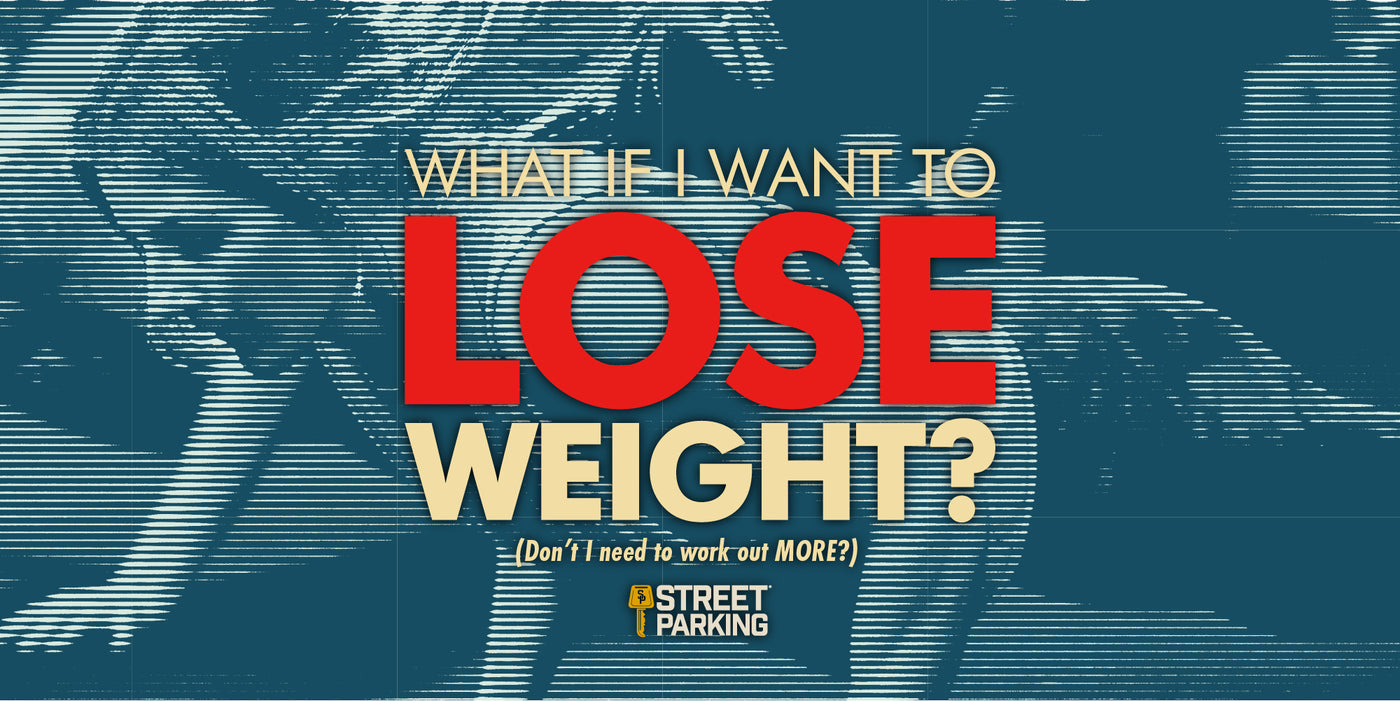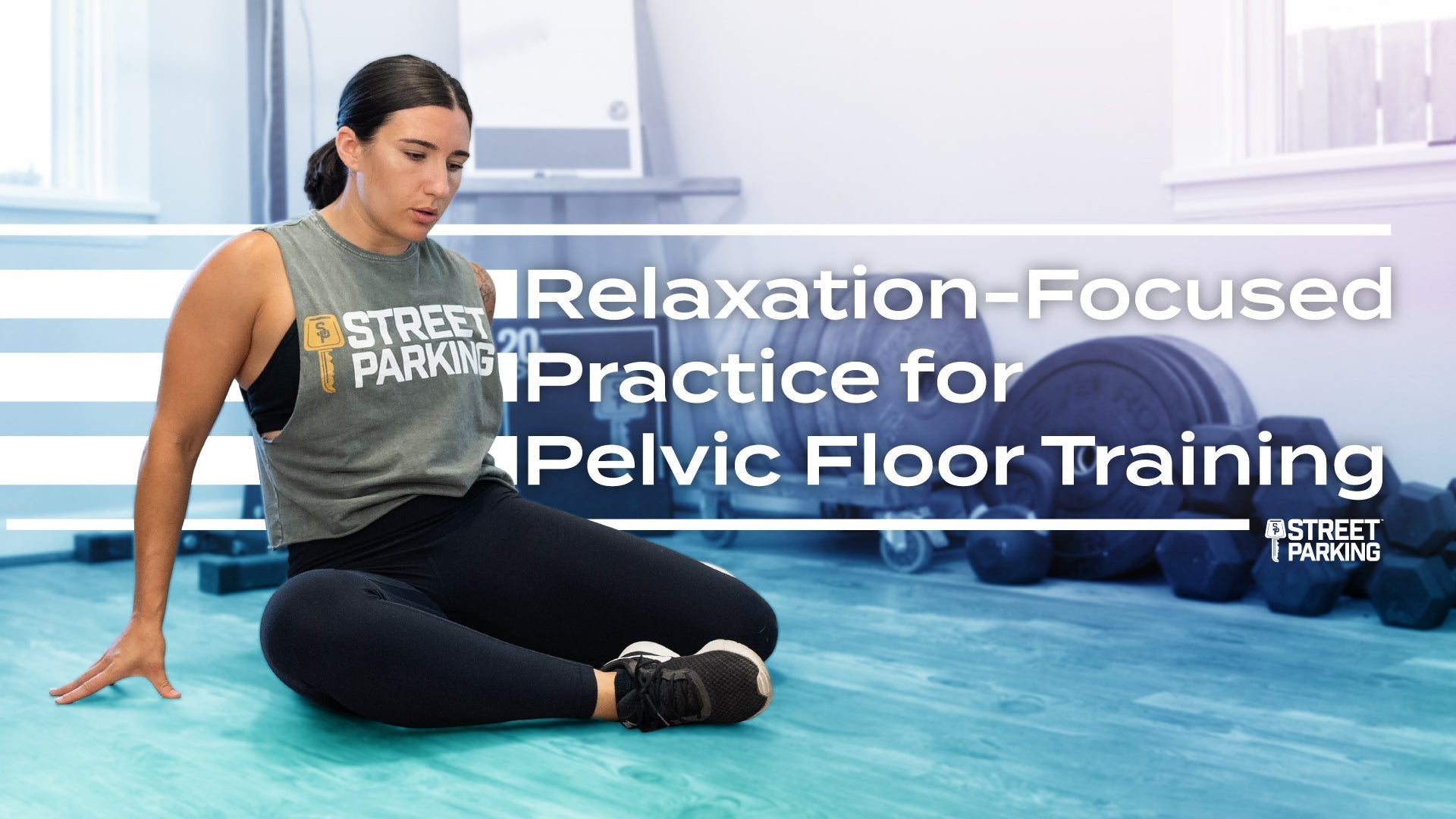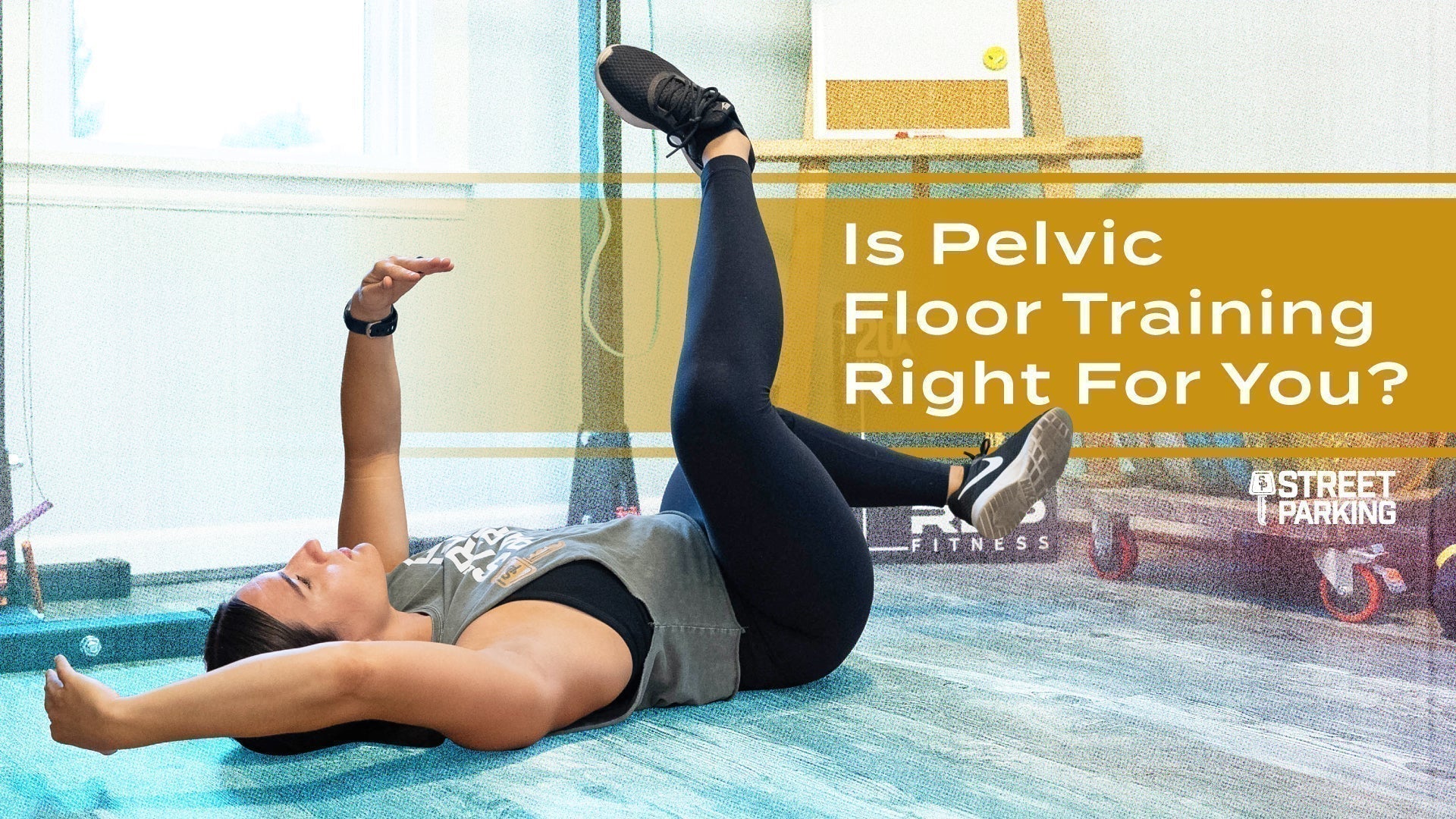
Updated 01/16/23
But I want to lose weight. Won’t working out MORE burn MORE calories?
Before we dive too deep into this one, three things must be established:
1: Weight loss DOES require you to burn more calories than you consume. #science
2: We burn calories ALL DAY (even when we are asleep). MORE exercise isn’t the ONLY way to increase or alter daily calorie burn.
3: What you are probably really after isn’t weight loss, but FAT LOSS. In other words: a body composition change.
Feeling that the best way to lose weight more quickly is to work out MORE is the wrong mindset to have, especially when the overall goal is fat loss/body composition change. While the short answer is “yes, exercise burns calories,” it’s not as much of the weight-loss equation as you would think.
The truth is that this “MORE WORKOUTS” mindset is often a desire to bypass the very real need to change your nutrition and instead try to exercise your way to your goal body. If your goal is to lose fat, your best bet is looking into your total caloric intake, the quality of your food, AND hit the workouts with consistency and intensity.
The need for consistency when it comes to a fat loss goal is fairly straightforward. Even on the days where we are approaching workouts with a “more than nothing” attitude in our pjs, we still see the benefit of burning a few calories, using our muscle, and keeping ourselves accountable so that we don’t fall off of the wagon completely. And we know that consistency is the ONLY way that we are able to maintain any weight loss we have achieved. So, trying to follow a program or schedule that is not sustainable is a recipe for inconsistent training, and therefore inconsistent results.
Why is INTENSITY important for fat loss?
You may have heard that higher overall intensity (a.k.a. how much work done in how much time) in a workout burns more calories. But, you’ve probably also heard that in order to burn fat you need to be in the “fat burning zone.”
So which is it?
Both can be true. But here are a few key reasons that we love intensity for fat loss:
Intensity and training with weight helps build and maintain muscle mass.
Whether you are training specifically to “get stronger” by doing some extra lifting, or you’re simply doing fast kettlebell swings or thrusters, working at a high intensity with weight builds muscle mass. Truth is that even fast air squats, bike or run sprints, and box jumps will build muscle as well!
But I want to LOSE FAT, so why should I care about muscle mass?
Muscle is metabolically active tissue. This means it requires calories just to keep it alive. The more we have means the higher your “resting metabolic rate,” or the rate at which your body burns energy when it is at complete rest.
Therefore, making sure we have intensity in our training will not only burn the calories during our workout, but will lead to a higher calorie burn POST workout (as our body works hard to recover) and will help you build muscle.
No, you aren’t going to turn into the Incredible Hulk overnight. But any small amount of muscle you gain is “active tissue.” This means that even when you are asleep, the muscle mass you have on your body is burning calories. Yep, even while you are reading this. THAT is the biggest benefit on body composition you can achieve from the Street Parking workouts!
The intensity and strength gains create a snowball effect on fat loss.
As you become physically stronger and more fit, your times and scores on workouts get faster. You are able to do the workout in the goal times with more weight. This means you are producing more power, which means you are actually producing MORE intensity in your training. (Math & stuff.) More intensity leads to more calorie burn and higher resting metabolic rate, or in other words: MORE RESULTS.
But the only way to see these improvements is by pushing those physical and psychological boundaries during many or most of our training sessions.
But what about the fat-burning zone?
Now, while it’s true that the energy source you use when training in short intervals of intensity is mostly fuel from carbohydrates (in the form of glycogen), and the fuel you would use during a low-intensity session on the trusty elliptical would be more from fat stores, the difference in energy burned throughout the day and total fat stores used throughout the day has been shown time and time again to be much higher in those who train with weight and train with intensity.
And this isn’t ONLY due to the extra muscle mass we have.
It’s also due to something called Excess Post-Exercise Oxygen Consumption, or EPOC. The higher the intensity of your workout, the harder you will stress the body. This means your body will use more energy and oxygen after your workout in order to RECOVER. And that extra energy used during recovery? You guessed it, it will rely heavily on fat stores.
The jury is still out on how long EPOC lasts after an intense session, and it is surely dependent on the person, fitness level, and the actual workout. But this extra calorie burn is something that calorie counting tools like your Apple Watch or Fitbit can’t and don’t take into account.
These gadgets (while fun) are not the best measure of whether or not you are getting the most out of your training in other ways as well. They are also unable to measure hormonal changes that come from intensity, or how pushing intensity will improve your overall fitness or impact muscle gained. In fact they are making their “best guess” in many or most areas when it comes to the data they provide.
So, I should NEVER do lower-intensity work, like steady state cardio?
There are many benefits to some steady state work, lower-intensity days, or even adding in some long walks!
This type of work is still important for improving your cardiovascular health and mood, and it can be a great way to reset during a long work day, to de-stress from a chaotic day with the kids, or to maintain consistency on days when you just don’t have the desire to go hard in your training.
And of course, these days are crucial if you are training specifically for an event that will require you to stay at a low or moderate intensity for a long period of time, like a marathon or half-marathon run.
Ok, but what did you say before about nutrition?
Have you ever heard the saying “One hour in the gym versus 23 hours out of it”? Or “You can’t out-exercise a bad diet”? It’s all true. And the reality is that what you are eating — or not eating — will always have more of an impact on your body composition than what you choose to do for your fitness.
Remember: Exercise is more than a method to burn calories. Fitness improves our quality of life, ability to participate and enjoy life, longevity, mental clarity, mood, sleep, and so much more!


